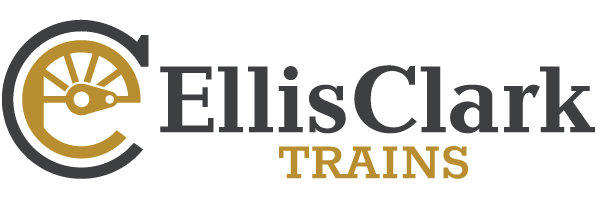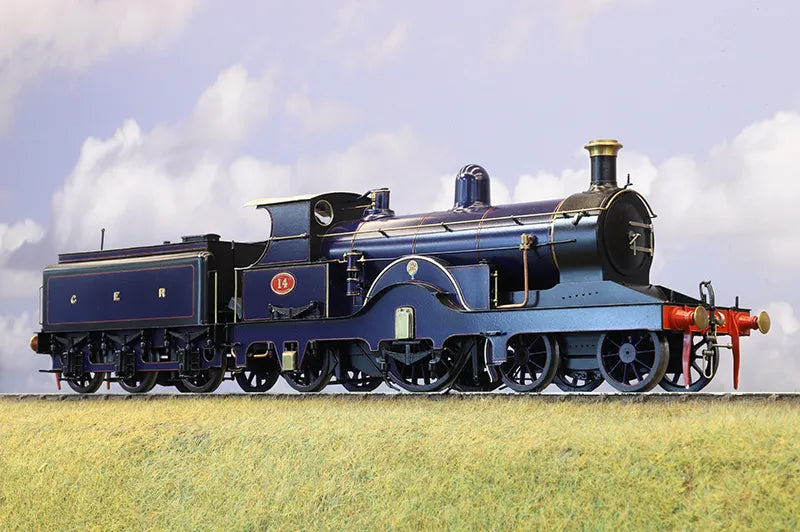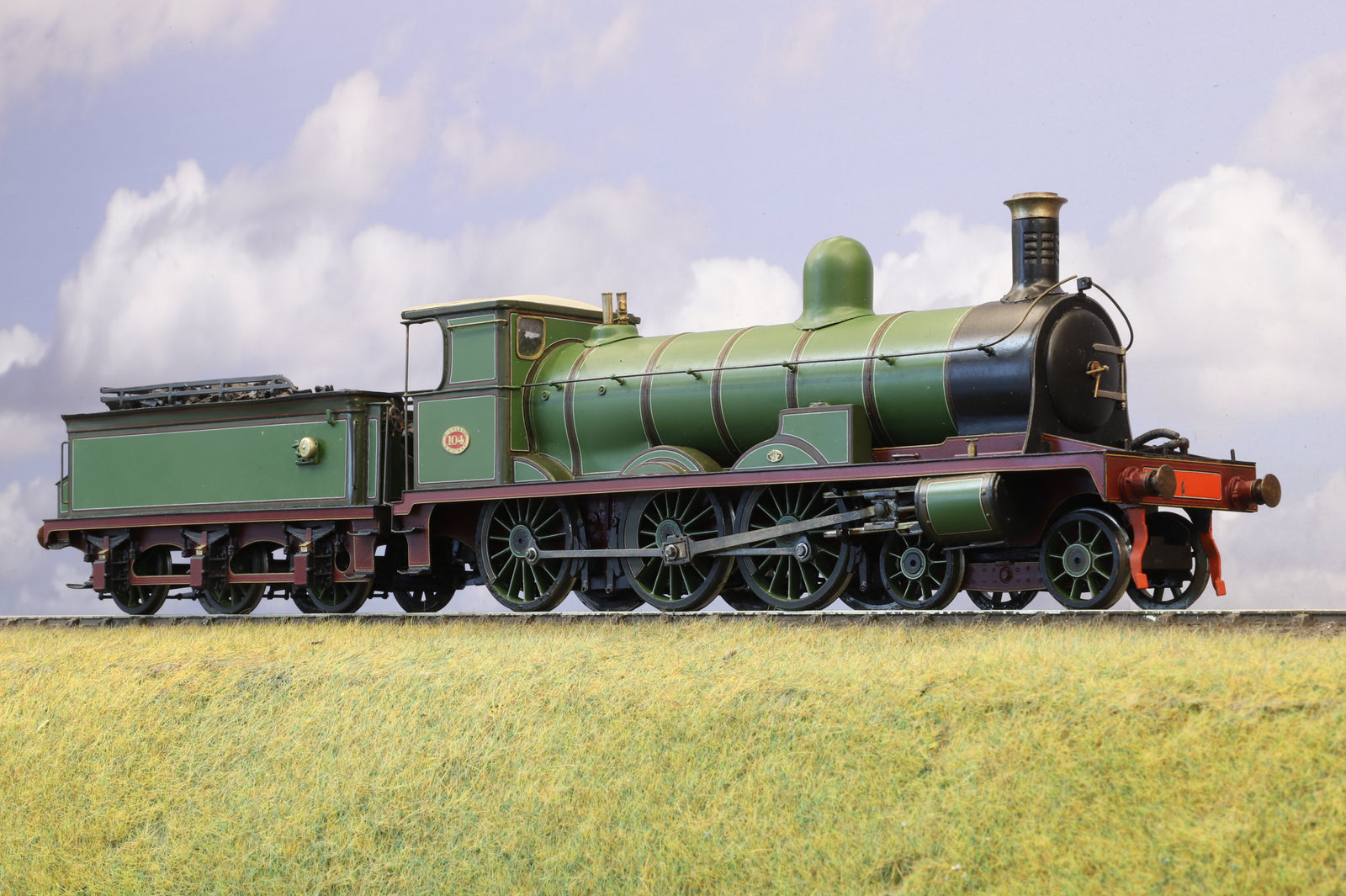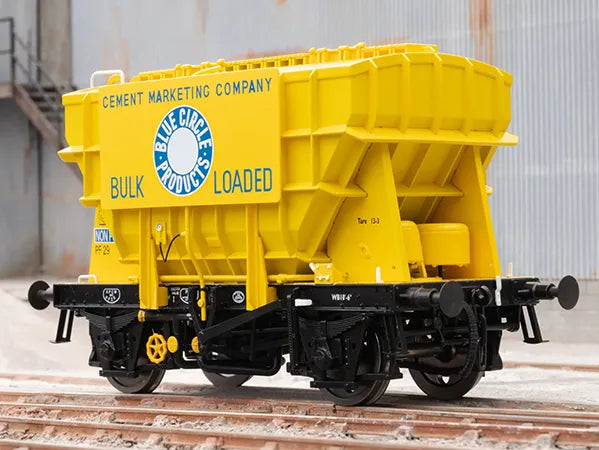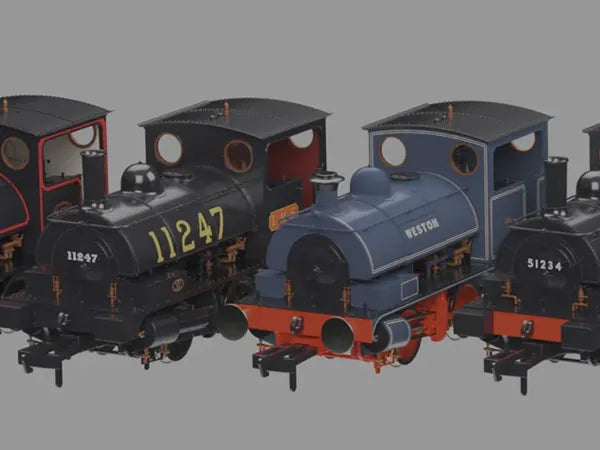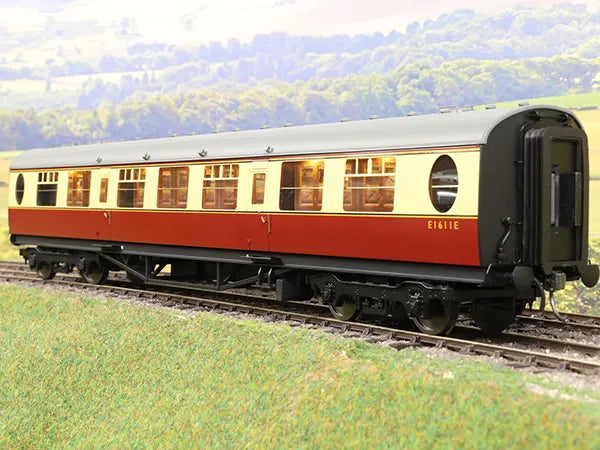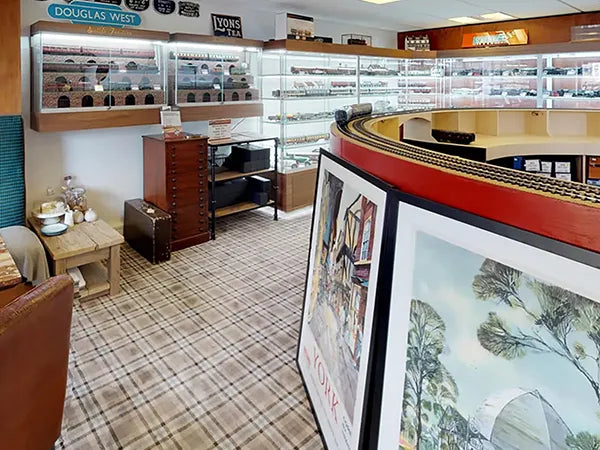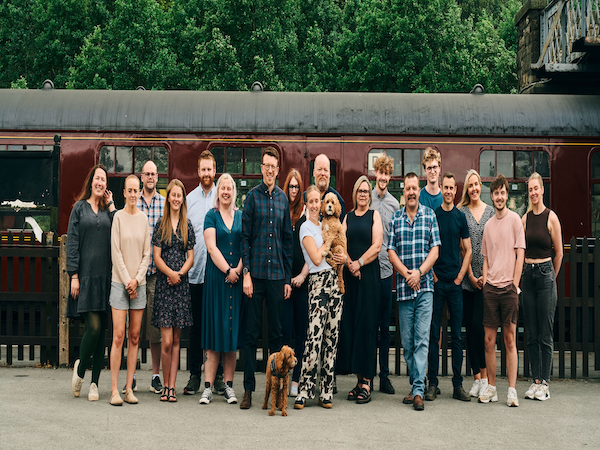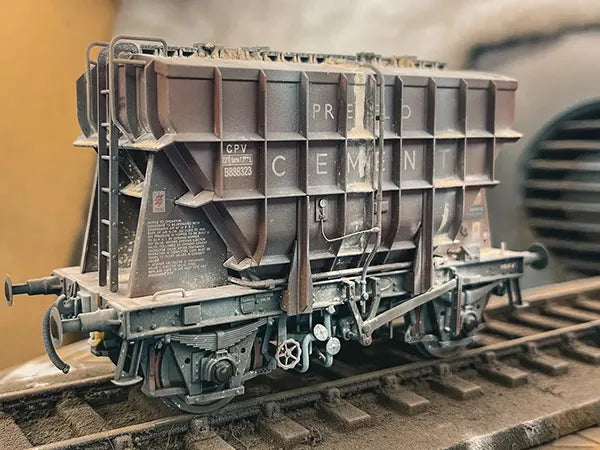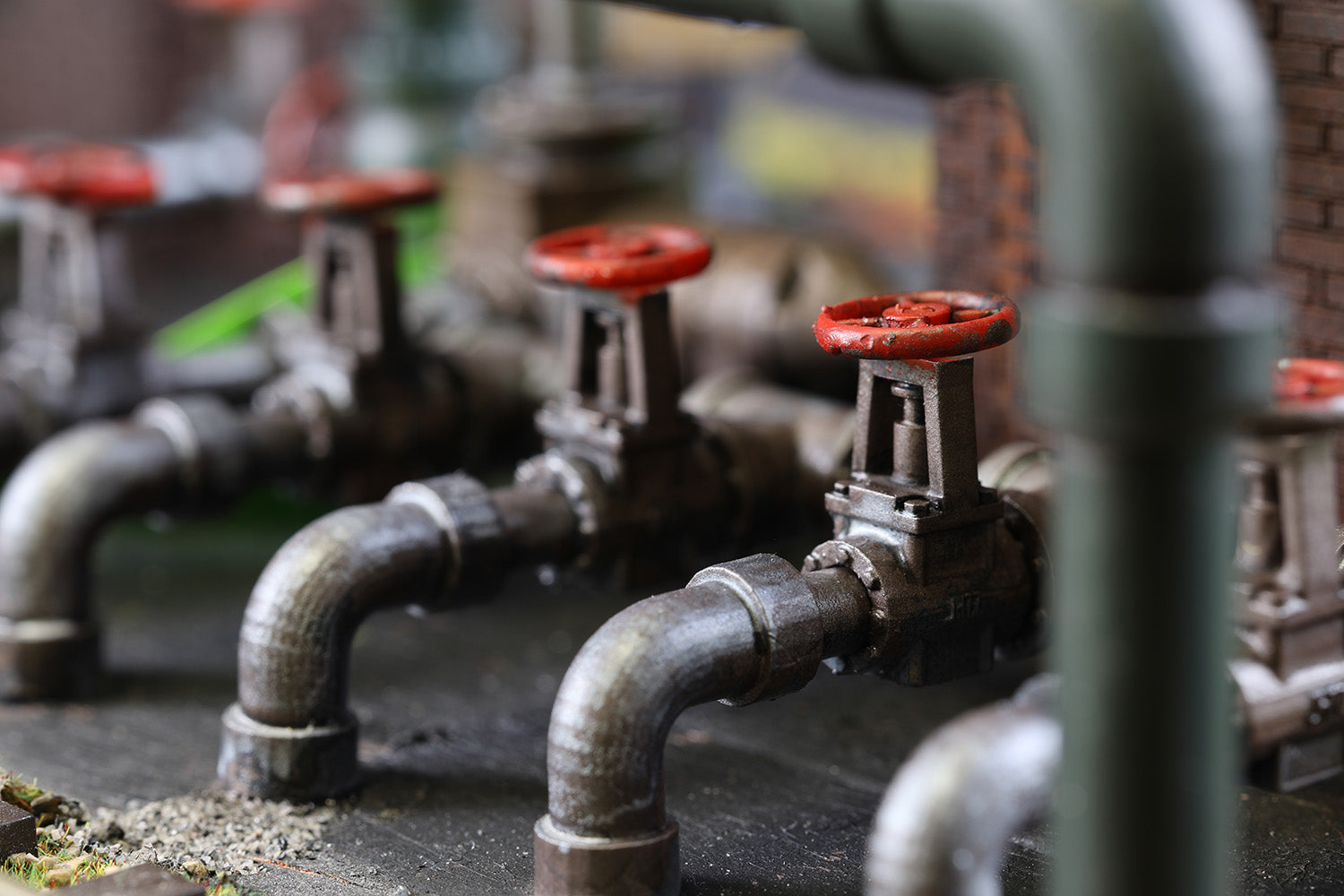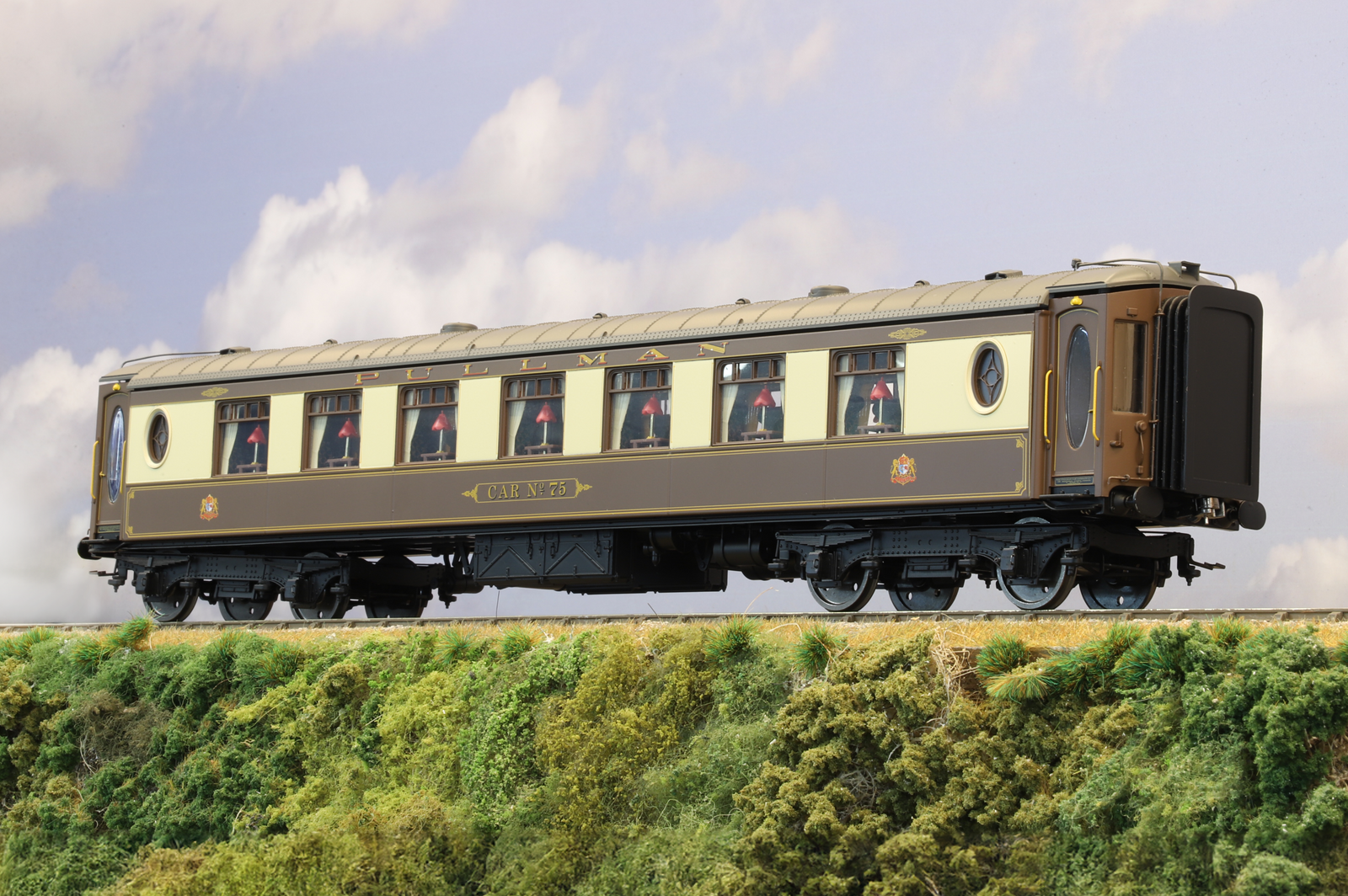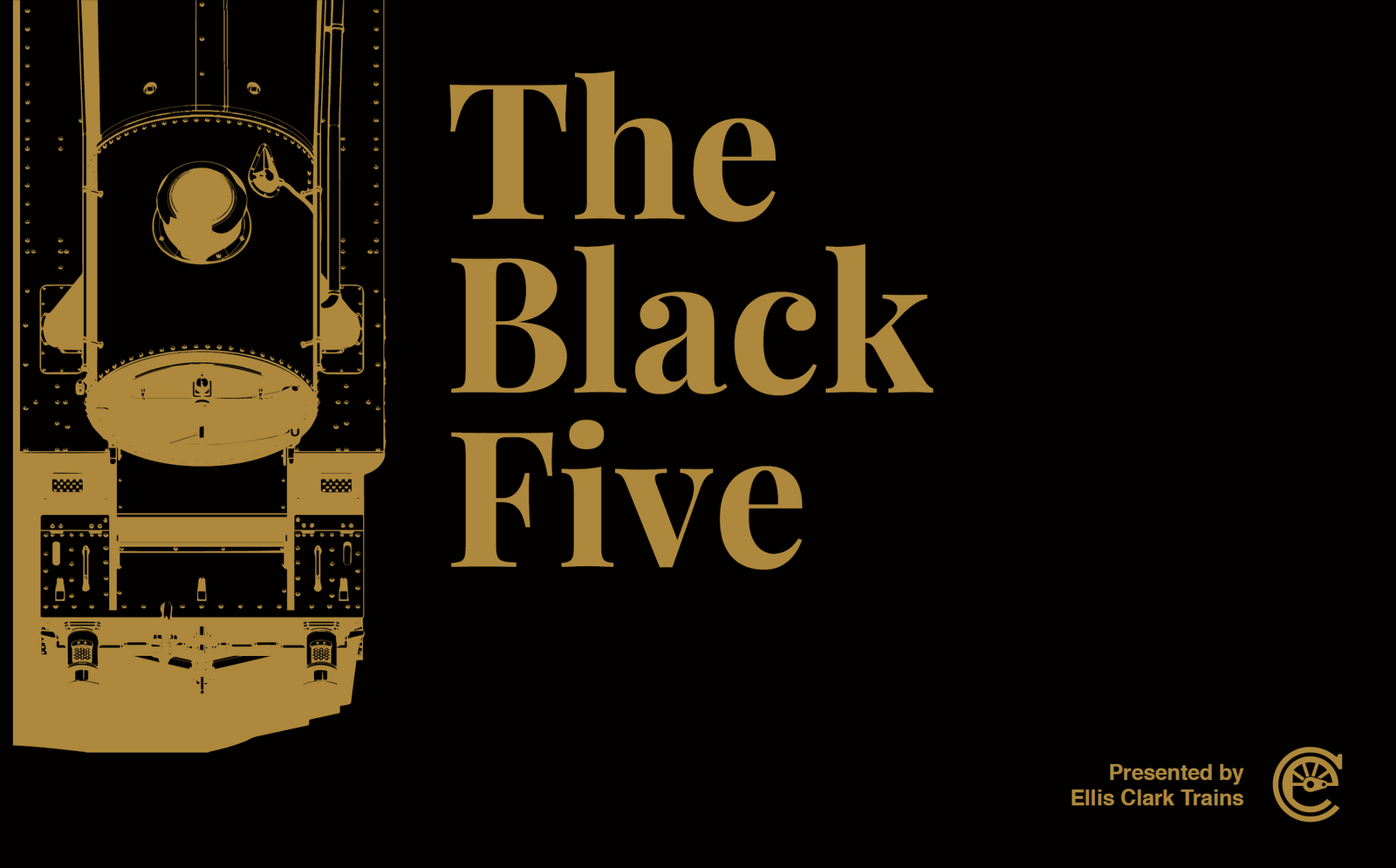Instruction Leaflets
If you would like to view/download a copy of the Wickham instruction booklet, please click HERE
Important Info
Specifications
Super detailed body and interior, including dials, handbrake and etched grills
Die-cast chassis giving excellent weight for traction
Super-detailed finescale wheels
Directional lighting
DCC Ready as standard
Optional DCC Sound version, fitted with a Zimo chip
Capable of running on Peco 2nd Radius curves
Trailers built mostly from diecast
'Stay-alive' fitted to both DC and DCC sound models
Prices
Wickham Trolley & Trailer | £150
Wickham Trolley & Trailer (DCC Sound) | £280
Additional planked trailers | £30 each
Additional flatbed trailers | £28 each
Release Date
In Stock now!
A Little History
Wickham Type 27 Inspection Trolley & Trailer Cars...
These diminutive trolleys were built by Wickham of Ware, the first of this particular type rolling out of the factory in 1948 for Nigerian Railways in Appa. In 1949 British Rail (Western Region) received their first Type 27A trolleys fitted with humble Ford 10hp engines.
A large percentage of trolleys started off their British Railways life for BR Western Region, but over time were repainted, sometimes even re-numbered and were still working the entire British Railway network right up to the mid 1990s, if somewhat altered. A large number also entered preservation, and there is now a thriving rail trolley restoration scene headed up by the Rail Trolley Trust who are dedicated to saving and restoring as many variations as possible of this small rail vehicle, amongst others.
As well as British Rail, a number of private companies also purchased trolleys as did the British Ministry of Supply, and also the Royal Engineers. These trolleys eventually found their way onto the British Railways network as well. Many Type 27 trolleys were also shipped overseas, Hellenic State Railways ordering a very large number and many going to Africa and further afield.
Able to carry a crew of 8 including the driver, and also tow a couple of small wagons, these trolleys became a very useful addition to many railways, being cheaper to run than most other Permanent Way Vehicles. A useful feature of these trolleys was the ability to be manually lifted and turned on the track by means of a small portable turntable which they carried with them. They were often found in small sheds next to the track or parked up in sidings.
Fitted with mostly Ford car engines, a gearbox and a reverser they were very easy to get spare parts for and to repair. They did however provide some hairy moments as they were only fitted with a handbrake that pressed wooden blocks onto the wheels and in wet weather this was often not highly effective. Trolleys were supplied with the option to have canvas side curtains but as these were fastened from the outside it was rare to have them down whilst in use.
Many trolleys were in time altered and changed, some even being converted to fully enclosed, or fitted out with plant support tools such as generators.
Our Models
As with all our projects, a huge amount of work goes into every stage, and the Wickham project is no different, as I'm sure you can see from the CADs.
We are producing the Type 27 Wickham Trolley which will come accompanied with a matching trailer. Trailers are also available separately should you wish to add more (see table below).

